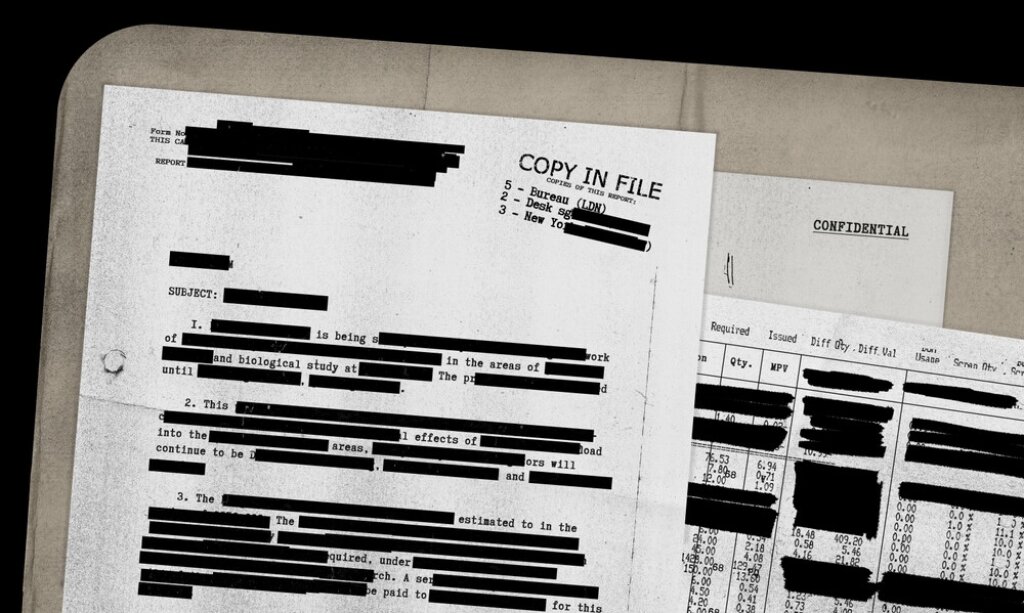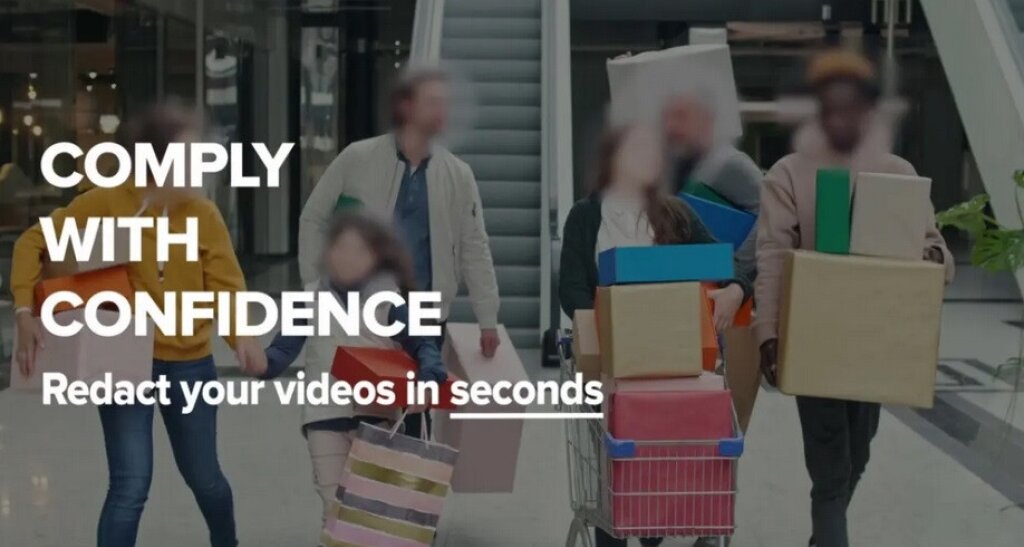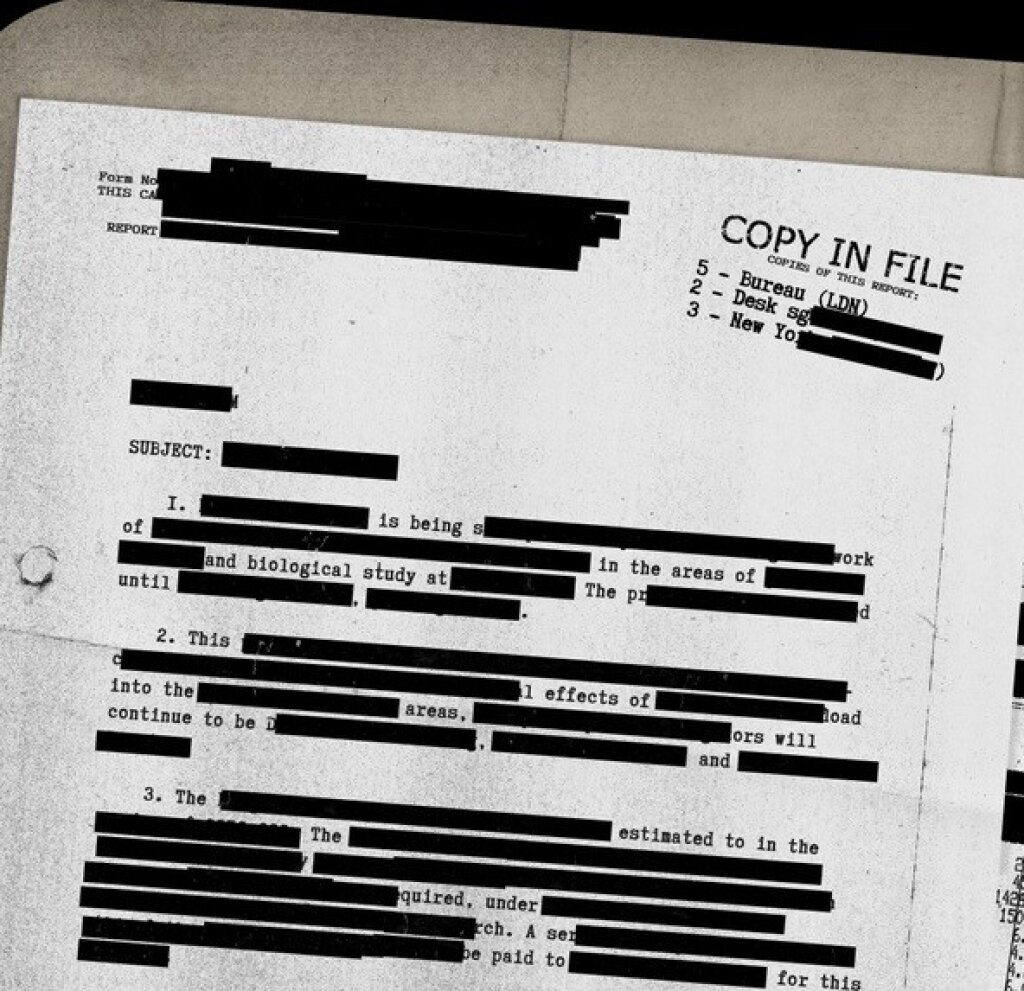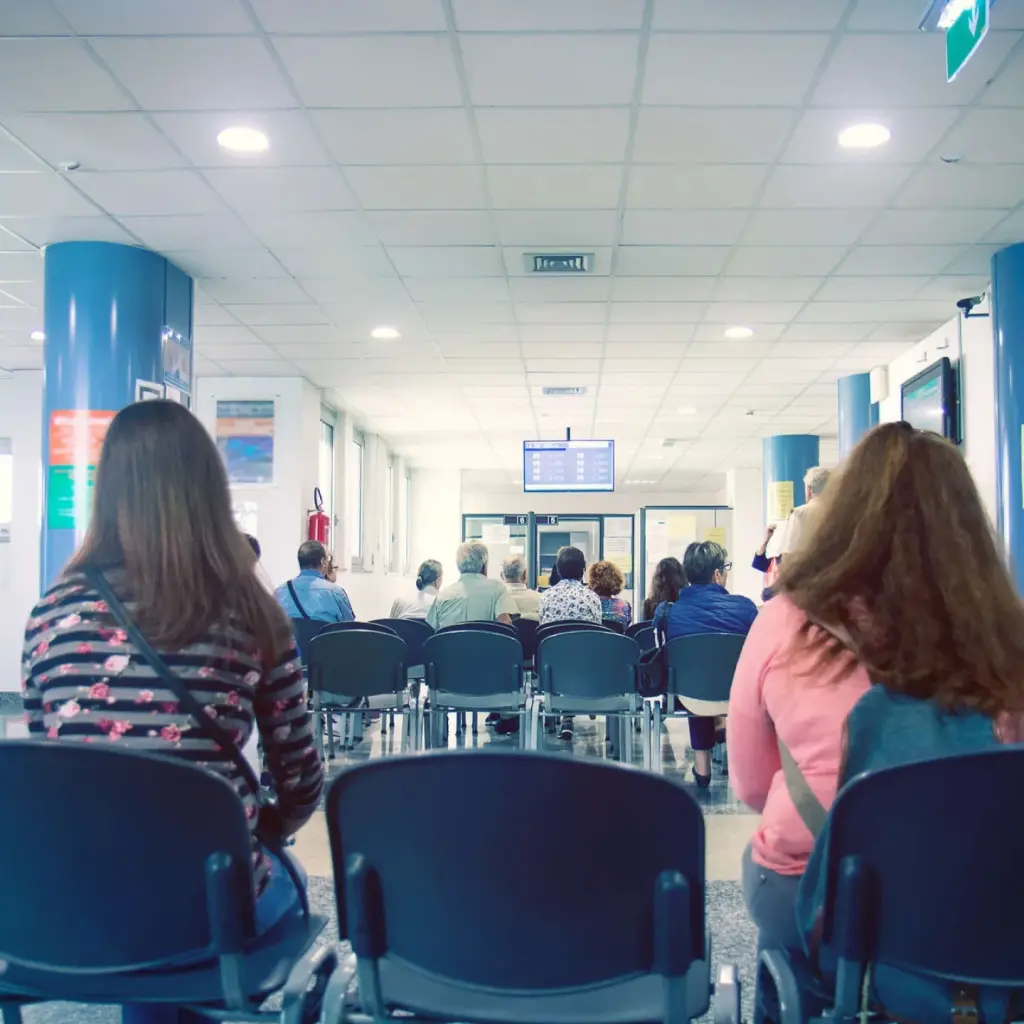The Consequences of Redaction Failure
In today’s data-driven world, protecting sensitive information is more than good business sense; it’s a legal necessity. Whether in documents, videos or audio files, a single redaction failure can send private information spiralling into the public domain and create a storm of legal, financial and reputational consequences.
While most people think of redaction as blacking out text on a page, in 2025 the reality is far broader. Video redaction — blurring faces, obscuring license plates or masking on-screen documents — and audio redaction — removing names, addresses or other identifiers from recordings — are increasingly common in legal discovery, law enforcement, journalism and customer service.
When these redaction methods go wrong, the fallout can be every bit as damaging as a failed PDF blackout.
This article explores what redaction failure looks like in the digital era, the legal and operational consequences of redaction failure in the U.S. and UK, and how to avoid joining the growing list of high-profile data breach headlines.

What Is Redaction Failure?
Redaction is the deliberate, irreversible removal or obfuscation of sensitive information from a file before it’s shared. It’s not just about blocking text — it can involve blurring, pixelating or silencing content in multimedia formats.
Redaction failure occurs when that process is incomplete or reversible. For example:
In a PDF, the “hidden” text remains in the file’s metadata.
In a video, the blurred area is poorly placed or doesn’t move with the subject, which leaves faces partially visible.
In audio, the muted segment doesn’t fully cover the identifying word, or background noise reveals clues.
In both the U.S. and UK, regulators make no distinction between document, video or audio leaks — if personal data is exposed, it can trigger a breach investigation.
Famous Redaction Disasters
Case 1 The European Commission’s Vaccine Contract (2021)
The Commission posted a PDF of its AstraZeneca contract in the belief that sensitive commercial details were hidden. But bookmarks in the file revealed much of the “redacted” content in seconds.
Case 2 Canada’s Black Highlight Incident (2021)
Canadian immigration agencies tried to redact confidential case details by blacking out text highlights — a method that’s easy to reverse. Lawyers on the opposing side could simply remove the overlay and read everything.
Case 3 Unblurred Faces in Police Footage
Several U.S. police departments have faced lawsuits after failing to properly blur faces in bodycam footage released to the public. In one case, a victim’s identity in a sensitive investigation became public because the automated blur didn’t follow them as they moved.
Case 4 Audio Leaks in Customer Service Recordings
A UK financial services firm faced ICO scrutiny when recordings released for training purposes failed to mute customers’ names and account numbers. The partial silence still allowed some identifiers to be heard in the gaps, which made the redaction ineffective.
Common Causes of Redaction Failure
Manual mistakes
Black boxes drawn over text, or audio silenced only partially, leaving identifiable fragments.Inadequate software
Tools that obscure visually or audibly but don’t permanently remove the underlying data.Poor tracking in video
Blur that doesn’t follow moving objects and leaves identifying frames exposed.Background noise in audio
Sensitive information still audible through echoes, cross-talk or low-volume bleed.Lack of training
Staff unfamiliar with proper digital redaction techniques, who assume that “covered” means “gone.”
The Consequences of Redaction Failure
1. Unauthorized Access to Sensitive Data
Whether it’s text in a PDF, a face in a video, or a voice in an audio clip, the exposed content can lead to:
Identity theft
Harassment or stalking
Fraudulent transactions
Public exposure in sensitive legal cases
2. Breach of Privacy and Confidentiality
Video and audio leaks can be especially damaging, not just for individuals, but for organizations bound by NDAs or professional confidentiality. Revealing a protected witness’s identity in a legal video, for example, could lead to serious safety risks.
Legal and Regulatory Fallout
United States
A redaction slip-up can attract penalties from:
HIPAA
Health records in any form (including video consultations or recorded calls) must be protected.GLBA
Customer financial information, including voices confirming security questions in call recordings.State privacy laws
California (CPRA), Colorado, and others extend rights to recorded data, including biometric and audio identifiers.Video privacy laws
Some states, like Illinois, have biometric privacy laws that cover facial recognition risks.
United Kingdom
The UK GDPR and Data Protection Act 2018 make no exception for media type. Personal data in video or audio is protected as strictly as text. The ICO has previously warned law enforcement, education providers and healthcare organizations to properly redact identifiable voices and images in publicly released material.
Key Difference in UK / USA: Fines
In the UK, data breach fines can reach £17.5 million or 4% of global turnover for any personal data mishandling, while in the U.S., penalties often depend on the sector or state law involved.
Civil Liability and Compensation Claims
In the UK, individuals affected by a redaction failure can claim damages for:
Material harm
Fraud losses, identity theft costsNon-material harm
Distress, anxiety or reputational damage
U.S. victims may join class actions or sue individually, with settlements that can include multi-million-dollar payouts, especially if the breach involves sensitive categories like children, medical records or biometric identifiers from videos.
Reputational Damage
A single frame in a video or a few seconds of unmuted audio can undo years of brand trust. Social media doesn’t differentiate between accidental and deliberate leaks; the headline simply reads “Company Exposes Private Data”.
Once that perception sets in, regaining credibility can take years and huge PR spending.
Operational Disruption
When redaction fails, organizations must divert staff, freeze releases, and sometimes pull entire archives offline to audit and reprocess. In the UK, the 72-hour breach notification window under UK GDPR means you’ll be firefighting almost immediately.
For video and audio archives, reprocessing can be far more time-intensive than re-redacting a PDF, as each second of footage may need manual review.

Why Manual Redaction Is Too Risky in Multimedia
Manual text redaction is already risky. With video and audio, it’s even more dangerous. Improperly placed blur, missed frames or incomplete silencing can leave identifying details intact. And because these formats can be paused, slowed down or filtered, even fleeting exposures can be frozen and shared.
How Automated Redaction Handles Video and Audio Safely
Modern automated tools can:
Track moving faces or objects frame-by-frame for precise, permanent video blur or pixelation
Detect and mute specific spoken words or phrases without leaving audible traces
Handle multiple file formats, from MP4 and WAV to PDFs and spreadsheets
Batch-process large volumes of footage or recordings quickly
Strip metadata from media files, removing hidden GPS, device or timestamp data
Must-Have Features in Multimedia Redaction Tools
Face and object tracking
AI-driven motion tracking for consistent blurring.Speech recognition
Auto-detect sensitive terms for muting or replacement in audio.Permanent removal
Edited frames and audio segments cannot be restored from the shared file.Multi-format support
Video, audio, image and text files handled in one workflow.Collaborative review
Multiple reviewers can check and approve redactions before release.
Best Practices to Avoid Redaction Failure in Text, Video and Audio
Test your output
Try to reverse your own redactions before release.Scrub metadata
GPS tags in video stills or author info in audio files can reveal more than you think.Use dedicated copies
Always redact from a duplicate and keep the original securely stored.Stay trained
Laws and tools evolve; so should your team’s skills.Plan your response
Have a data breach playbook ready that covers multimedia as well as documents.
Responding to Multimedia Redaction Failures
If something slips through:
Pull the file immediately from public access.
Notify affected individuals and regulators (HIPAA, FTC, ICO, etc.) as required.
Identify the failure point. For example, was it a tool limitation, human oversight, or both?
Upgrade processes and tools before releasing new content.
Choose Facit for Redaction Speed and Reliability
Facit redaction solutions are widely regarded for their reliability, as they combine advanced AI-powered object tracking and speech recognition to ensure the removal of sensitive content in text, as well as ensuring that personal data in video and audio is removed beyond recovery.
The systems’ precision algorithms minimize human oversight while maximizing compliance with U.S. and UK data protection standards.
Facit compliance tools are designed to handle high-volume workloads without sacrificing accuracy, which makes them the trusted choice for organizations where even a single missed frame or word could have serious consequences.
Final Thoughts on the Consequences of Redaction Failures
The consequences of redaction failure are no longer confined to documents. In a world in which video evidence, call recordings and livestreams can be as revealing as a spreadsheet, organizations must treat multimedia redaction as a frontline privacy defense.
Whether it’s a face in a police bodycam video, a license plate in dashcam footage, or a name in a recorded interview, a single missed detail can have legal, financial and human costs on both sides of the Atlantic.
The lesson is simple: redaction is not a cosmetic fix; it’s a core security function.
Choose tools that are up to the job, train your people to use them correctly, and never assume that “blurred” or “muted” translates to “safe.” In the digital age, the eyes and ears of the world are sharper than ever.
Related Article



